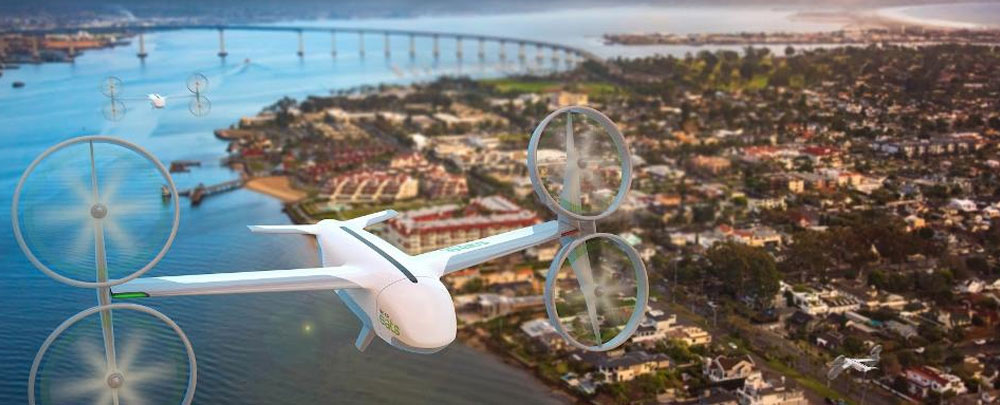The Administrator of NASA recently ordered a McRib in San Diego.
Not noteworthy, except for the fact that the iconic sandwich was transported by drone.
Administrator Jim Bridenstine told this story at October’s Commercial UAV Expo in Las Vegas, painting a picture of cities in the not-too-distant future where hundreds of unmanned aircraft are flying thousands of missions a day… From utility inspection and public safety, to deliveries and even human transport.
The trial program that delivered the deliciousness is in its early stages. To scale these and other drone initiatives, there will be technical hurdles and challenges in gaining public trust. But the right players are in the game and work is underway.
We learned a lot at the Expo. Here are a few insights from our two days in Vegas.
Avoid Shiny Object Syndrome
At the 2018 DJI Airworks Conference, there was a call for rapid fire innovation as a way to define the regulatory baseline… Force the government’s hand by staying one step ahead. Contrast this with a theme we noticed at Commercial UAV Expo: Measured growth. People seem to be realizing that cooperation between Feds and the private sector is the only way for drone programs to scale. There’s still plenty of “wild west” innovation happening, but there is also more collaboration toward standards and universal technologies.
Takeaway: The UAV industry is maturing.
Remote ID Is Coming
An important standard being developed is remote ID. Like license plates on cars, remote ID will soon give access to essential drone information through any handheld device. There will be “layers” of data… The public will have access to the surface layer, government and law enforcement will be able to dig a little deeper. ASTM, one of the largest standards development organizations in the world, is working with the FAA to give shape to the rules. One point was emphasized; remote ID is not cooperative surveillance. It simply gives humans the data needed to make the judgment call, “Is this flight clueless, careless, or criminal?”
Takeaway: Remote ID enables regulation. Regulation = trust.
Update: The FAA has delivered a Notice of Proposed rule-making (NPRM) on Remote ID for drones. At 319 pages, it’s a heavy lift (pun totally intended). Commercial UAV News has a good write-up with useful links here.
One Airspace
Mariah Scott, President of Verizon Skyward, says it’s better to think of UTM (UAS Traffic Management) as “Universal Traffic Management.” To gain public acceptance and achieve commercial viability, unmanned aerial must be integrated into, and interoperable with the national airspace system. This contrasts with the old way of thinking (“old” meaning 1-2 years)… Which called for different rules and regs for drones.
Takeaway: No special treatment.
About That McRib
Adoption of UAV workflows are no longer experimental for industries like energy, utility, surveying, and transportation. They’re in motion and scaling fast. But folks who work in these organizations agree at “mile-by-mile” human-piloted missions are not commercially viable for large-scale operations. Automation is the answer, but the tech isn’t quite ready and visual line-of-sight and ops-over-people restrictions are a hindrance. Most importantly, public acceptance of autonomous drones needs careful nurturing.
Transport of goods is a great early opportunity. As Seleta Reynolds with the Los Angeles DOT quipped back to Bridenstine, “That McRib is not going to make judgments about the fact that there’s no pilot.”
Takeaway: Prove it out, then scale.
Ready to integrate UAV and mobile ground control into your operations?
We can help you navigate the airspace.


